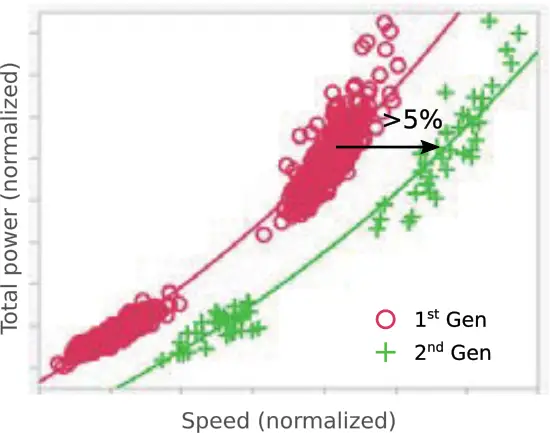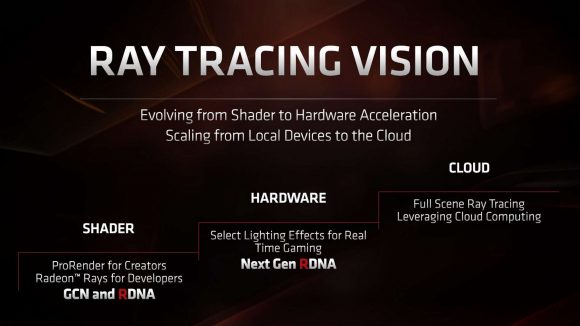- Very happy with how Zen2 is shaping up
- Navi looks good, but perhaps not great considering its 7nm
- 251mm2 Navi10 + Zen 2 is standard console die size (330-350mm2)
- They expect 40CU with 4 deactivated for consoles, with lower clock speeds so around 8.5TFLOPs
- Hardware raytracing generation away for AMD, but glad MS announced they are doing hardware raytracing
- A bit suspicious on Sony saying they are doing "audio ray tracing"
- Devs said they are quite happy with PS5
I think it's a bit silly to assume the PS5 will only has the same number of CUs as the PSPro did 4 years and a process node earlier. It's also kinda obnoxious for them to repeat the "Cerny only talked about audio retracing" crap that was debunked by the Wired author like the same day the article was published.



